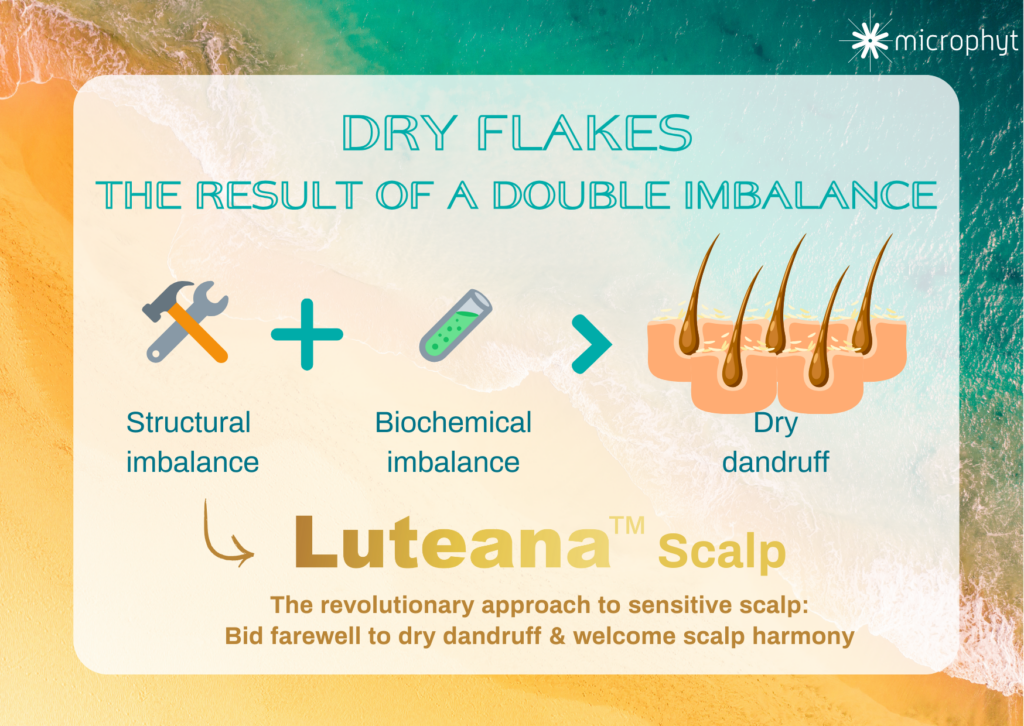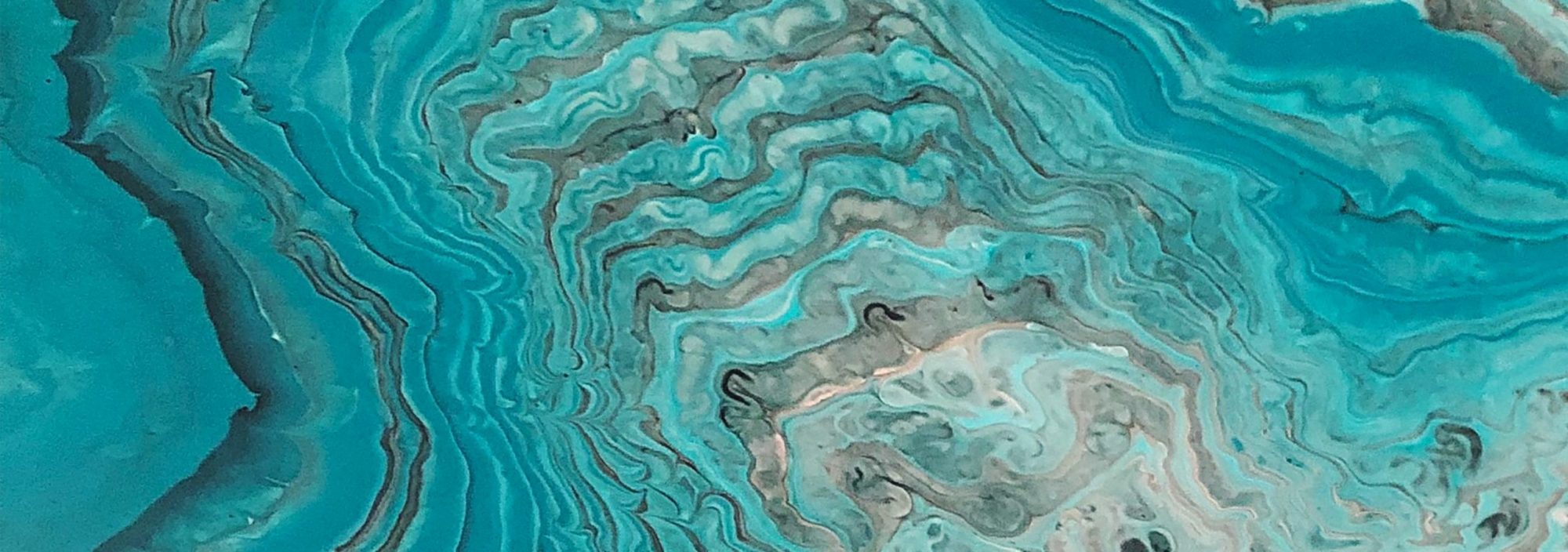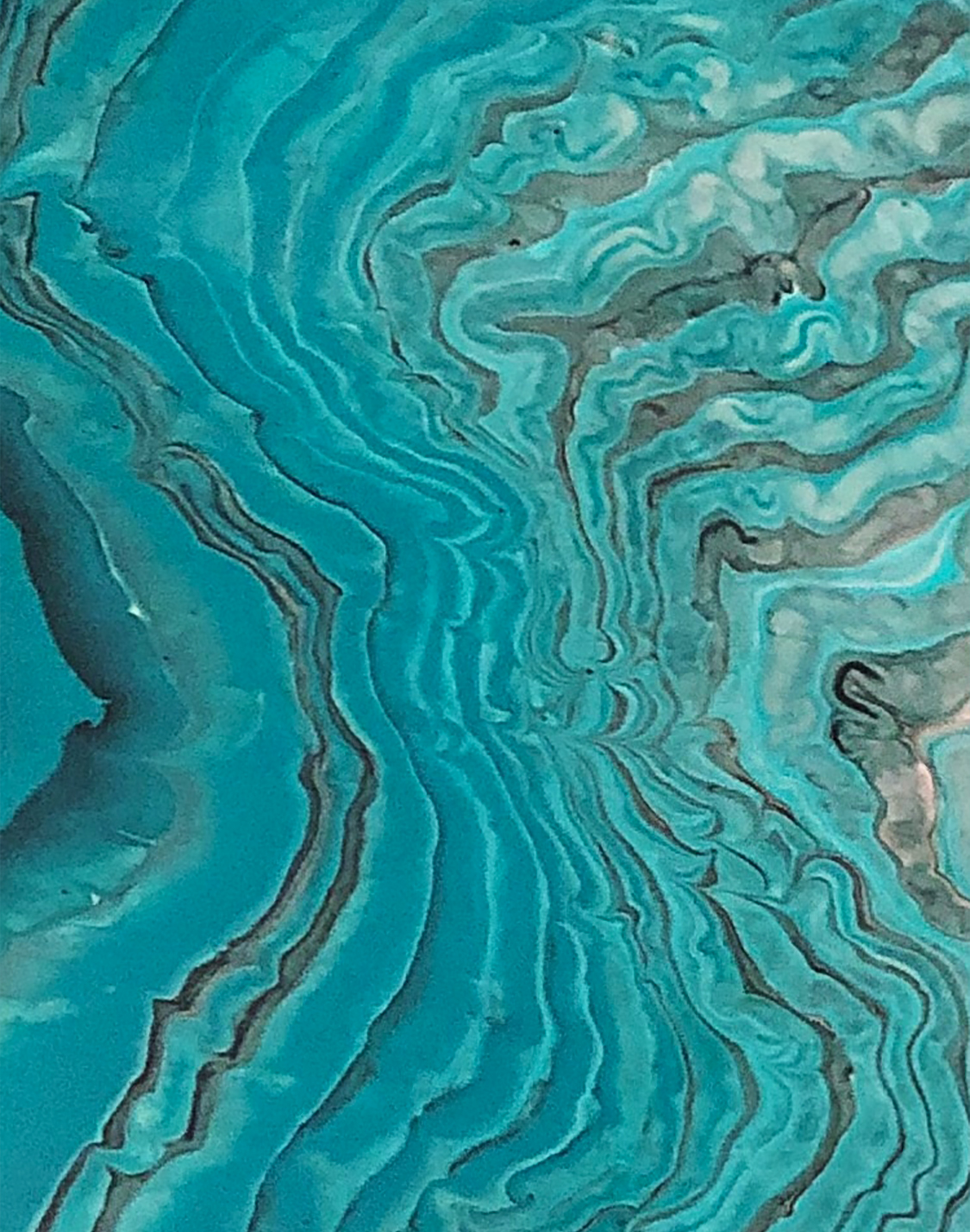

Understanding the origin of dry dandruff: the combination of structural and biochemical imbalances
May 14, 2024
We know more than ever about the link between wellbeing and beauty: whether it’s psychological or just our inner confidence shining through, when we look our best, we tend to feel more positive, so having a bad hair day really can have a negative effect on our mood.
Dry dandruff is a condition that affects both the way we feel and the way we look. This is due to the scalp sensitivity and discomfort experienced by the sufferer and the proliferation of unsightly white flakes that are produced.
So what causes this?
Dry dandruff is actually caused by a combination of both structural and biochemical imbalances. An imbalance in the skin’s composition and structure created by influences such as weather conditions, excessive shampooing and the use of irritating products disrupts the skin’s natural barrier function and thins its lipid layer, meaning it is weakened and no longer able to protect itself from harmful aggressors.1 This fragility leads to an increase in dehydration and also inflammation when external factors come into contact with the scalp, which creates skin sensitivity.
The biochemical imbalance is the result of an overproduction of exfoliating enzymes on the scalp, which leads to scaling and the fine white flakes associated with dry dandruff. A healthy scalp will shed skin flakes in a controlled and homogeneous manner, which is painless and invisible, but when this balance is affected, the skin overcompensates, leading to the excessive exfoliation that causes dry dandruff’s visible flakes.²
Let’s look at this in more detail.
When the scalp’s structural integrity is affected, it causes a reduction in the quality and quantity of nourishing lipids, which help to keep the skin’s barrier function in an optimal state3. When this barrier is weakened, the skin becomes dry and sensitive, triggering the plasminogen system, which causes excessive flaking and a delay in recovery.
Excessive exfoliation is also caused by a biochemical imbalance.4 When the skin is stressed, mast cell degranulation is intensified, which leads to an overexpression of protease enzymes. Anti-protease enzymes are no longer capable of regulating the dermis, which leads to the aggressive and disordered scaling of the top layer of the skin. These are the white flakes we associate with dry dandruff. This protease/anti-protease imbalance also induces the inflammation responsible for feelings of extreme itching, burning and general scalp discomfort associated with dry dandruff.
The multifactorial aspects of this condition have meant that, in the past, dry dandruff has been difficult to successfully treat with one product. However, Microphyt’s new active ingredient Luteana™ scalp, promises to change that as it works on different levels to restructure the skin barrier, soothe the scalp and reduce the spread of dry dandruff, restoring structural and biochemical imbalances for a long-lasting effect.
Using the power of the Tahitian golden microalgae, Tisochrysis lutea, this new bioactive ingredient structurally rebalances the scalp thanks to the omega 3 fatty acid DHA, which strengthens the skin’s hydrolipidic film, helping to prevent excessive exfoliation. Furthermore, Luteana™ scalp features the marine carotenoid fucoxanthin, which controls the chronic inflammatory state of the skin, helping rebalance its biochemical state, to soothe the scalp and restore skin harmony.
Bid farewell to dry dandruff and welcome scalp harmony with Luteana™ scalp and the power of microalgae.

Bibliography:
1 Ma et al. Sensitive scalp is associated with excessive sebum and perturbed microbiome. J Cosmet Dermatol. 2018.
2 Rawlings. Trends in stratum corneum research and the management of dry skin conditions. International journal of Cosmetic Science. 2003. // Zani et al. Human tissue kallikreins-related peptidases are targets for the treatment of skin exfoliating diseases. Frontiers in medicine. 2022 // Ranganathan et al. Dandruff: the most commercially exploited skin disease. Indian J Dermatol. 2010.
3 Turner et al. Stratum corneum dysfunction in dandruff. Int J Cosmet Sci. 2012// Rawlings 2003// Voegeli et al. The presence of essential and non-essential stratum corneum proteases: the vital need for protease inhibitors. IFSCC Magazine. 2016// Proksch. pH in nature, humans and skin. J Dermatol. 2018.
4 Sotiropoulou et al. Redirecting drug repositioning to discover innovative cosmeceuticals.Exp Dermatol. 2021. // Wilson et al. The Epithelial Cell-Derived Atopic Dermatitis Cytokine TSLP Activates Neurons to Induce Itch. Cell.2013. // Zani et al. 2022. // Rawlings 2003.




